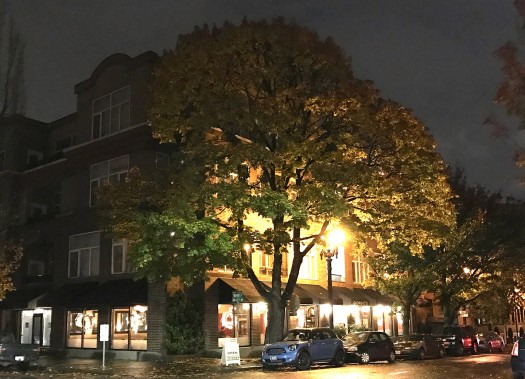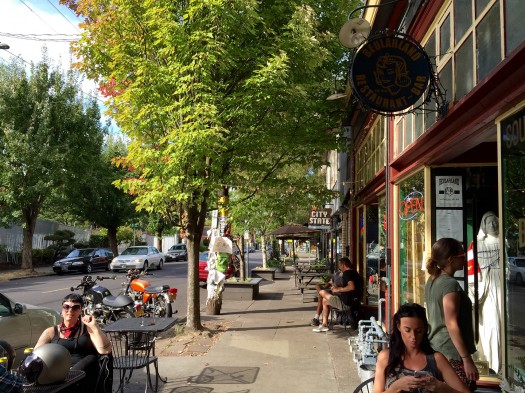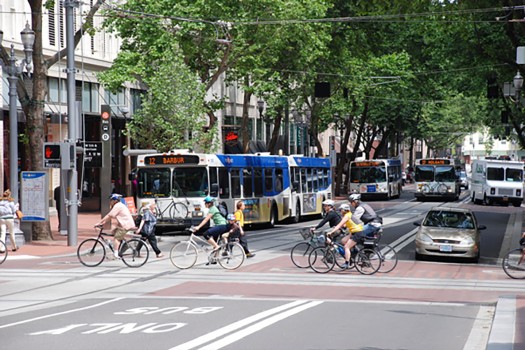Posts Tagged ‘Portland’
Loneliness, Isolation, and Dementia: Walking down our odds of disconnection
In this week after the most contentious U.S. presidential election of my lifetime, millions of us are feeling lonely, regardless of which way we cast our vote. Loneliness is not the result of being alone, but rather the feeling of being disconnected. Now more than ever, all that connects us to common ground – and…
Read MoreHorsey! Grassroots public art connects people, past and present
There’s nothing new about the subject of today’s post. In fact, that’s kind of the point. It’s an ongoing grassroots public art initiative that simply exists, and has for quite some time. Many have had the pleasure of experiencing it but many others have not. That’s the nature of artistic cultural expression. It happens but…
Read MoreWalkability: It’s not about the buildings, or even the streets. It’s about the experience.
We are excited to see the high level of understanding in the Surgeon General’s Step It Up call to action last week, to promote walking and walkable communities. The Surgeon General noted, “Improving walkability means that communities are created or enhanced to make it safe and easy to walk and that pedestrian activity is encouraged…
Read MoreWhy Placemaking Matters: The ROI of Cities
Thanks to all of you who made last week’s Why Placemaking Matters: What’s in it for me? conversation so interesting. Robert Steuteville, editor of Better! Cities & Towns, jumped in with his own elevator pitch that beautifully connects much of the wonk-speak that I listed last week. Kaid Benfield from Washington D.C. and Brent Bellamy…
Read More(Public) Space: The final frontier
Having worked in communities big and small across the continent, we’ve had ample opportunity to test ideas and find approaches that work best. Urban design details. Outreach tactics. Implementation tricks. Many of these lessons are transferable, which is why we’ve created “Back of the Envelope,” a weekly feature where we jot ’em down for your…
Read More



